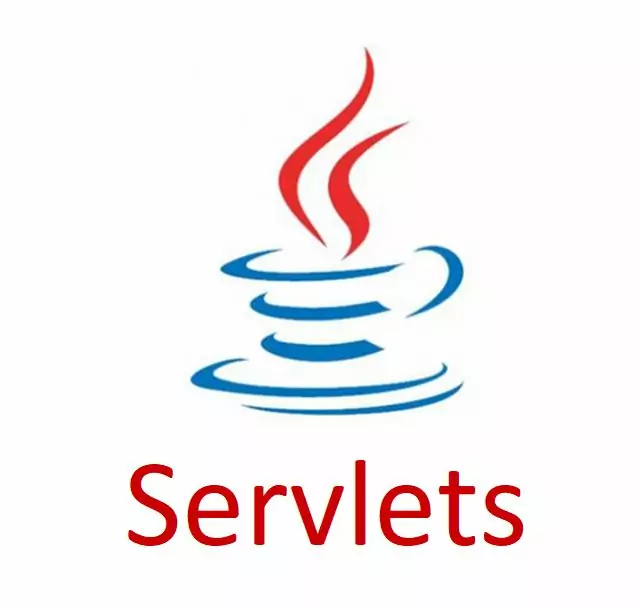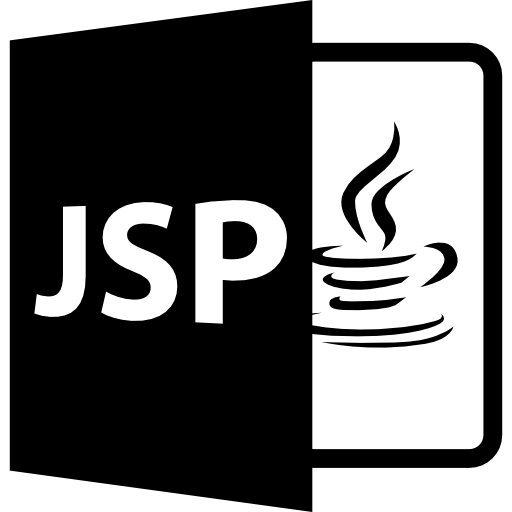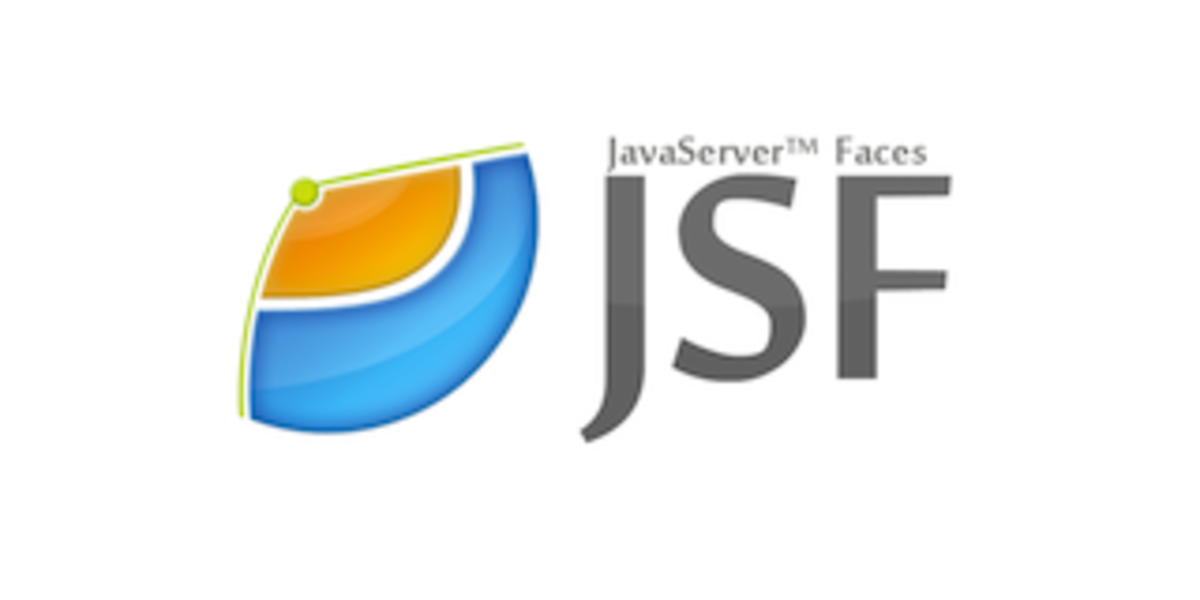Java Software Development Technology
Java is a commonly used language for developing web applications, especially on the server side. Web development using Java allows us to create dynamic web pages where users can interact with the interface. Below we discuss about java software development.
Java software development technology
Servlet API
- A servlet enhances the capabilities of servers that are used to host applications. Web applications developed through a Java servlet follow a request-response model. A servlet has a life cycle that starts from initialization to freeing memory.
- Servlets provide a platform independent web development service to its users. Apart from creating dynamic web pages, servlets also help in many other processes like collecting inputs through web page forms, presenting data from a database or any third-party source, etc.
- Servlets are Java programs that run on a web application and transfer request coming from clients to databases/servers. Servlets help in processing the client request and then providing the results after communicating with the database.

JSP
Java Server Pages technology is used by developers to quickly create web content that is platform and server independent. Instead of separate CGI Common Gateway Interface files for inserting dynamic elements into HTML pages, JSP technology can be used, which has access to the entire Java API family. Web development can be easily done using special JSP tags that help embed Java code into HTML pages. A JSP page contains static data that can be written in HTML, WML, XML, etc and JSP technology elements that control the dynamic movement of web content.

JDBC API
- Java Database Connectivity JDBC contains methods and queries for accessing the database. Clients can update any information in the database through web applications that include JDBC drivers. The four types of JDBC drivers are JDBC-ODBC Bridge Driver, Native Driver, Network Protocol Driver, and Thin Driver, which are used to connect to the database.
- Clients can connect to the database through applications built through the JDBC API and can update, delete, store, and access data. JDBC is able to read any database and automatically creates XML format data from the database.
- Both synchronous and asynchronous processing can be performed through the JDBC API. Processed results are displayed to clients in a very simple way via JDBC. It supports many SQL statements and queries that can be used to connect to the database.
Java persistence API
The Java Persistence API JPA uses object-relational mapping to connect an object-oriented model to a database. Relational data in Java applications can be easily managed using Java Persistence. It helps in permanently storing or retrieving large amount of data from the database. JPA is a collection of powerful classes and methods that can connect you to a database.
Java server faces technology
JSF provides a simple model for providing components in different scripting markup languages. User interface widgets are linked to data sources and server-side event handlers. Existing standard UI components can be reused and extended when building interfaces through JSF. JSF helps in reducing the effort of creating and maintaining web applications.

Conclusion
More and more organizations are turning to Java to modernize their stacks and improve performance. With more than two decades of software development, it has proven its stability and ability to withstand the ever-changing technological world.











